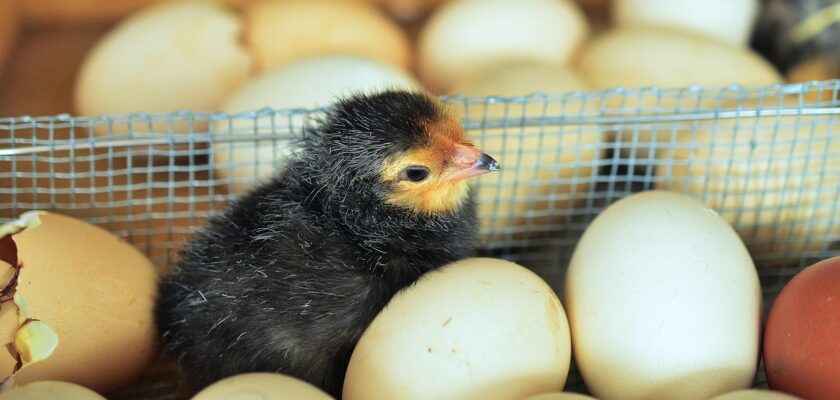Introduction: The Wonder Inside an Egg
The development of a chicken embryo inside an egg is nothing short of miraculous. Over a span of just 21 days, a fertilized egg transforms from a single cell into a fully formed chick, ready to face the world. This tightly regulated biological timeline is filled with astonishing changes each day, offering a fascinating glimpse into embryology and avian biology. Whether you’re a backyard chicken enthusiast, a biology student, or simply curious about life science, this detailed breakdown will give you deep insights into what goes on inside the shell.
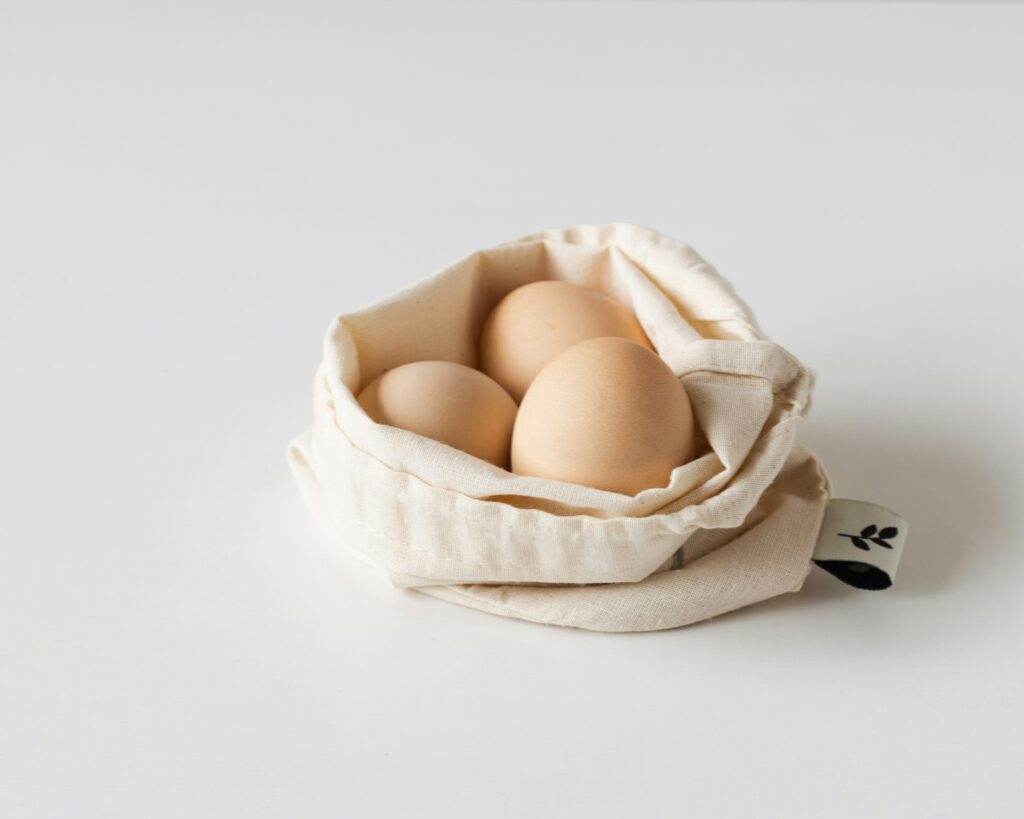
Photo by Olga Kudriavtseva on Unsplash
Day 1: Fertilization and the Beginning of Life
Fertilization occurs before the egg is laid. Once laid and incubated under the right conditions (99.5°F or 37.5°C), the zygote begins cell division. The blastoderm forms, marking the beginning of a complex cellular journey. Layers like the ectoderm, mesoderm, and endoderm start differentiating—these will become the bird’s various tissues and organs.
Day 2: Formation of the Neural Groove
The embryo elongates, and the neural groove appears—this will later develop into the spinal cord and brain. The blood island formation begins, hinting at the circulatory system. The primitive heart also begins to shape.
Day 3: Heartbeat Begins
By the third day, the tiny heart begins to beat, pushing blood through the developing embryo. Limb buds become visible, and the early eyes appear as dark spots. This is a major milestone in embryonic viability.
Day 4: Eye and Limb Bud Formation
The eyes become more prominent, and the brain’s three main divisions form. Limb development continues, and small vessels become visible in the yolk sac—signs of an expanding circulatory network.
Day 5: Development of Organs and Skeleton
Now the major organs—including the liver and kidneys—start taking shape. The vertebral column and ribs begin ossifying. Wings and legs grow longer, and the chick starts to resemble a miniature bird.
Day 6: Beak Formation Starts
The beak begins to form along with the egg tooth, which the chick will use to break the shell during hatching. The heart is fully enclosed in the thoracic cavity, and the digestive tract continues to mature.
Day 7: Feather Germs Appear
Tiny feather germs emerge—precursors to the chick’s feathers. The legs and wings are clearly distinguishable now. The chick also starts to show early movements inside the egg, though not strong enough to be seen externally.
Days 8-10: Rapid Growth and Movement
- Day 8: Eyelids start covering the eyes, and the inner ear develops.
- Day 9: Toes form and embryonic claws appear.
- Day 10: The beak hardens; flight feathers begin forming. More distinct body movements are noticeable now.
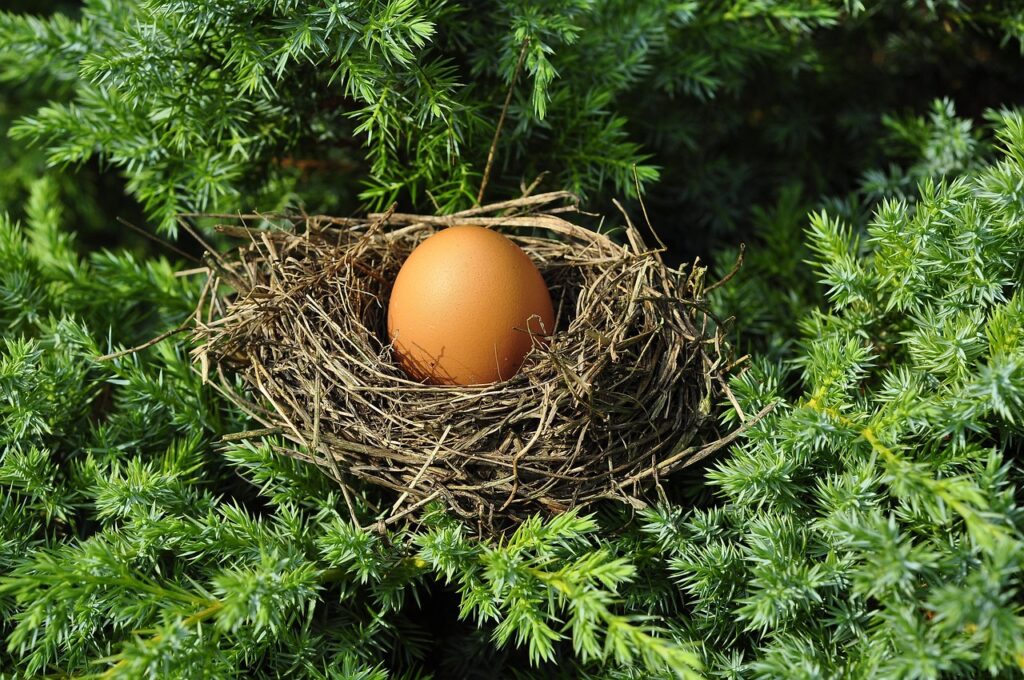
Image by JerzyGórecki from Pixabay
Days 11-13: More Defined Features
- Day 11: Tail feathers and comb begin to develop.
- Day 12: The hard palate and leg scales appear.
- Day 13: The embryo positions itself more like a chick, with bones hardening further. Nostrils open.
Days 14-16: Embryo Positions for Hatching
- Day 14: Down feathers cover the body.
- Day 15: The chick assumes a hatch-ready position—head under the wing and beak pointing to the air cell.
- Day 16: The yolk sac begins retraction into the body cavity.
Day 17: Yolk Absorption Begins
The chick starts to absorb the remaining yolk, which provides the final nutrients before hatching. This yolk will sustain the chick for the first 24–48 hours after hatching, reducing the urgency to feed.
Day 18-19: Lung Development and Vocalization
The lungs mature, and the chick starts “internal pipping”—piercing the air cell within the egg. Soft chirping may begin as the lungs start to function. Movement increases.
Day 20: Internal Pipping Begins
The chick now uses its egg tooth to start cracking the shell from the inside. This process can take several hours, so patience is crucial during incubation. The chick’s respiration system is now fully functional.
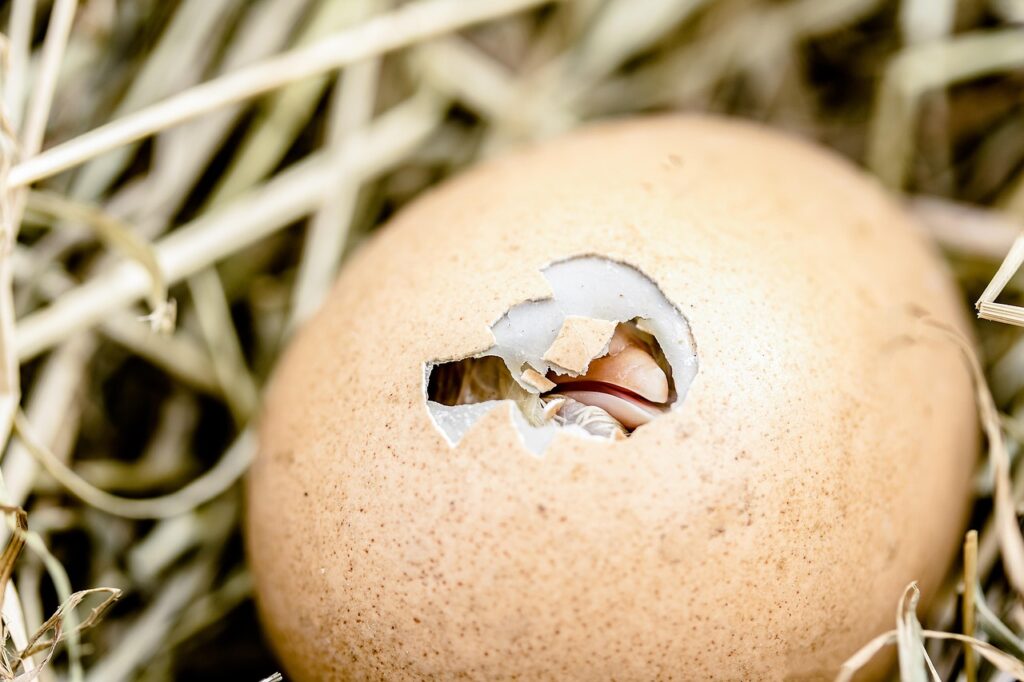
Image by Myriams-Fotos from Pixabay
Day 21: Hatching – The Miracle is Complete
The chick breaks through the shell (external pipping), usually around the large end. After resting and rotating inside the shell, it pushes free, wet and exhausted but fully formed. Welcome to the world, little bird!
FAQs About Chicken Egg Development
1. How can you tell if an egg is fertilized?
You can use candling around day 5–7 to check for visible blood vessels and movement.
2. What is the optimal temperature for incubation?
Maintain 99.5°F (37.5°C) with 40-50% humidity for the first 18 days, then raise humidity to 65–70% during hatching.
3. Can eggs develop without incubation?
No. Fertilized eggs require consistent warmth (from a hen or incubator) to develop.
4. What happens if the temperature fluctuates?
Brief fluctuations might be tolerated, but sustained variation can lead to developmental abnormalities or death.
5. How can you monitor egg development?
Candling every few days helps track progress and identify infertile or dead embryos.
6. When should you stop turning the eggs?
Stop turning at day 18 to allow the chick to orient properly for hatching.
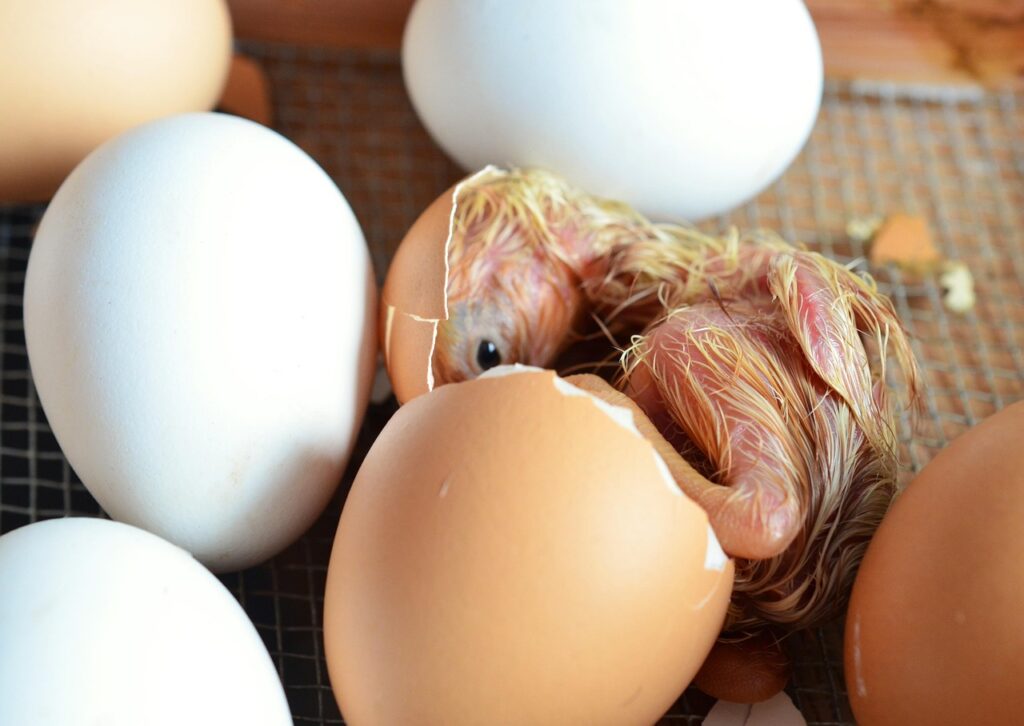
Image by congerdesign from Pixabay
Conclusion: From Egg to Chick – Nature’s Masterpiece
The 21-day journey of a chicken egg showcases nature’s precision and brilliance. From a single-celled zygote to a fluffy, chirping chick, this process is rich in complexity and awe-inspiring moments. Whether you’re hatching chicks yourself or studying embryology, this timeline highlights how a tiny egg becomes a symbol of life’s resilience and wonder.
